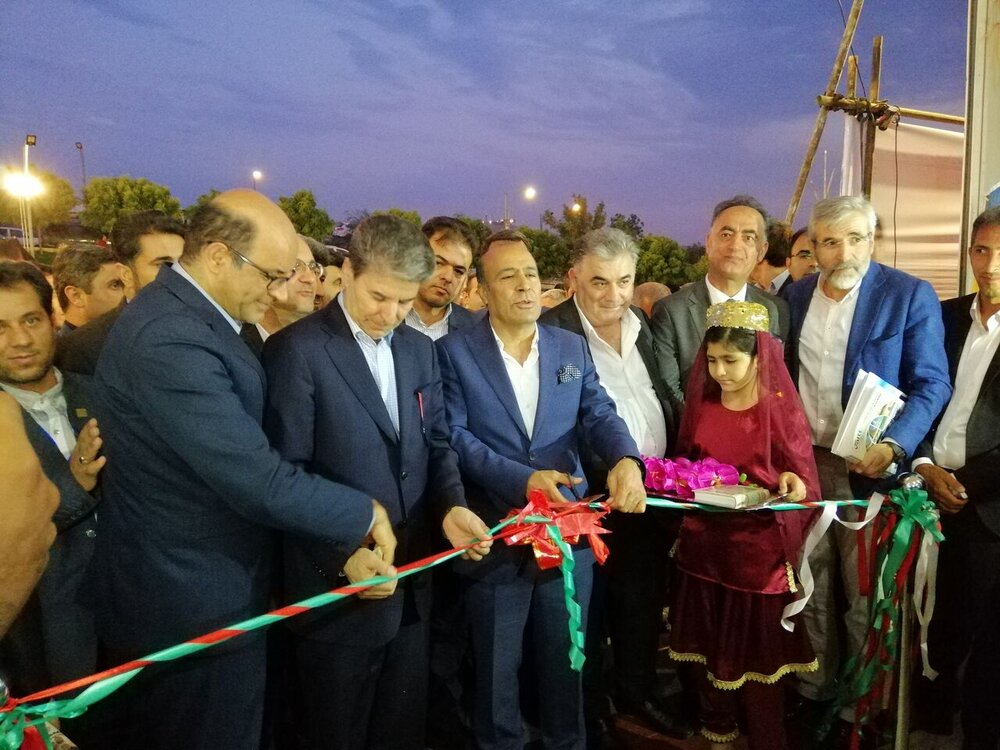Major exhibits of tourism, handicrafts underway in Urmia

TEHRAN – Urmia, the capital of West Azarbaijan province, is playing host to major exhibits of tourism and handicrafts from August 17 to 20, CHTN reported.
The Urmia Permanent International Fairground hosts the 6th National Handicrafts Exhibition concurrently with the 2nd Tourism Exhibition, provincial tourism chief Jalil Jabbari said.
Exhibitors, travel marketers and tour operators from 18 provinces along with craftspeople from 30 provinces have taken part in the event, which also features everyday life of Iranian nomads, Jabbari explained.
A total of 160 stalls and 13 nomadic black tents have been set up for the event, the official added.
Referring to various exhibitors, folk and art groups performing their rituals, Jabbari said, “The layout of stalls follow a kind of content order so that visitors can have complete and proper visits to the exhibitions.”
“As top artisans from across the country are presenting their latest products at the event, it is a great opportunity for the people to visit and buy [handicrafts] at fair prices.”
With its rich culture and unique natural landscapes, West Azarbaijan province is becoming an increasingly popular destination for domestic and foreign travelers, a provincial tourism official said earlier in August.
“The province has seen a nearly 100 percent rise in the number of visitors to its museums during the Iranian calendar month of Tir (June 22-July 22) in comparison to the same month last year.”
Two UNESCO sites of Takht-e Soleyman and Qareh Klise (St. Thaddeus Monastery), the archaeological site of Teppe Hasanlu and the ruined Bastam Citadel are among the top travel destinations in the northwestern province.
A center for some ancient civilizations, Azarbaijan is bounded on the north by the Aras River, which separates it from Azerbaijan and Armenia, and on the west by Iraq and Turkey. According to Britannica, it was conquered by Alexander the Great in the 4th century BC and was named Atropatene after one of Alexander’s generals, Atropates, who established a small kingdom there. Ultimately, the area returned to Persian (Iranian) rule under the Sasanians in the 3rd century CE.
AFM/MG
Leave a Comment